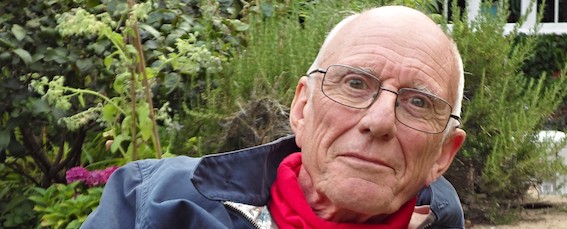Protest update: Ritz and Fortnum & Mason, 26 March 2011
It’s early days, and I’ve seen no definitive accounts of the mini-riots in the West End of London on Saturday 27 March 2011. But they produce further evidence that the police are being told or are assuming that they should not maintain public order in the face of protest, even if the organisers (or non-organisers) signal that they won’t co-operate at all, or much.
The Ritz and Fortnum & Mason mini-riot on 26 March 2011 looked like a matter of side-actions which were (I think) quite separate from the official TUC march, though sometimes began by sheltering within it. Oddly, the actions in Piccadilly looked (from the Sky helicopter coverage) to present the best opportunity for kettling (made the best and easiest case for it) of any of the recent protests (see a timeline below). There was a discrete, smallish crowd in an otherwise empty street, all gathered round acts of clear illegality.
The police response to these “anarchist” activities seems to show that they have taken to heart the observations of HMIC (Her Majesty’s Inspectorate of Constabulary) in Adapting to Protest (July 2009) and the very recent JCHR (Joint Committee on Human Rights) report Facilitating Peaceful Protest (25 March 2011). JCHR broadly approves of the HMIC response to the policing of the G20 direct actions in the City in April 2009 and it is fair to say that we now have a doctrine for the policing of protest. This states in effect that it is usually wrong for the police to stand on their legal right to insist on being consulted on, and to give their approval for, any protest likely to produce disruption. Commander Bob Broadhurst of the Met Police has come close to proclaiming this doctrine, motsly in defending last Saturday’s policing as though it had gone well.
The new view is explicit that protest, in general, ought to be facilitated, and – the implication goes – this is even true of disruptive protest.
The JCHR adds little to the doctrine (and, rather feebly, rather stands aside from discussing the wider picture) but has added a sort of sniffiness about “kettling” (or containment, as the police prefer to call it).
It is important that a right-winger (such as me) avoids being a blowhard. Anything that sniffs of the kneejerk is the way to be ignored, as well as to be wrongfooted on the essential value of peaceful protest.
Still I stress: one can be quite clear that much so-called peaceful direct protest is wrong in principle (see earlier posts), but its being illegal is a matter of judgement. The police have to decide whether it is worth standing on their rights when parliament, much of the media, juries and judges may rather wilfully assert what they take to be the “liberal” (pro-protest-at-nearly-any-cost) view.
I am pretty sure that political expediency and not the law or decency have got the police into the position where they have to allow a good deal of disruption, damage and some violence because they know that only public opinion is in favour of more of a law and order approach.
This expediency is on two possible grounds. (1) Political reality, as outlined above. (2) Policing realities. It may be easier and better for the capital to accept the sort of disruption, damage and violence we have seen, on do so on the grounds that alternative strategies might make the “anarchists” cleverer and less containable.
My main point is that hardly any of this is being discussed by the powers-that-be, at least in public.
Protest timeline, London, 2009 – 2011
It is important to stress that the recent protests in London have been quite different from each other.
(1) The G20 events (1 April 2009) raised issues about police misbehaviour which distracted people from discussion of the way several “peaceful direct action” protests were allowed to shut down bits of The City and provided (maybe inadvertant) cover for damage to property.
(2) The Tory HQ invasion (10 November 2011) was a sudden unexpected outbreak from what the police may have been right to expect to be a peaceful protest. (It seems to have involved “peaceable” students who lost their heads.)
(3) The Whitehall and Parliament Square confrontations (24 November 2010). I think (but am not sure) this protest was almost entirely “unofficial” and without negotiation with the police. (Again there was an element of “peaceable” students who lost their heads and I have no idea how many “anarchists” had got on board.)
(4) The more peaceful student protest of (30 November 2010) produced some confrontation in Trafalgar Square and some sudden skirmishes as protestors thought they might be kettled. I don’t know in what degree this was a negotiated protest.
(5) The Charles & Camilla event and the Whitehall and Parliament Square confrontations (9 December 2010) were the result of widespread and predictable (pre-advertised) side-actions quite separate from an “official” NUS protest negotiated with the police.
In all these cases, it was arguable whether the big non-NUS event should have been allowed. But one must remember that officialdom has not prepared the media, etc, for the idea that marches may be outlawed unless thoroughly negotiated with the police. It might have been inexpedient to outlaw the unofficial marches: but at least that should have been stated that they had not been sanctioned.


Leave a comment